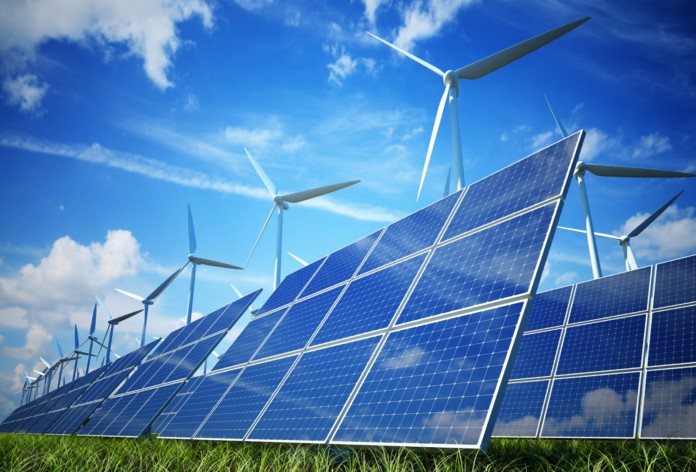Highlights of talk by Dr. Ajay Mathur, DG of TERI, chaired by Prof. Srinivasan, IISC Bangalore on climate change issues facing India
Prof. Srinivasan: India has so far not recognized the problem of climate change. We have been busy fire fighting on immediate problems. Our problem is not so much about CO2 but air pollution and water. We need civil society to raise issues and local climate change more forcefully.
Why should we aspire to reach American energy consumption levels? We can set out own goal for individual energy consumption and purse it relentlessly.
India faces much more serious problem than the world faces but we are not recognizing it. We have to raise issues. We have to get younger people engaged in this because it affects them the most.
On civil society role Dr. Mathur said it has to get active especially in ensuring availability of open source data on everything connected to energy consumption, production, efficiency. Data by civil society will act as competition to government supplied data.
We need to move from individual influence to a collective influence paradigm to solve many energy and climate change issues.
Energy Intensity
India cannot reduce its overall emissions for a long time but it can reduce intensity of energy consumption per capita. This is because today 25% of its population has no access to energy; the other 25% has inadequate access to while the energy use by the reset is much lower than developed country standards. So, use of cheap, but cleaner coal is inevitable in India.
While this may not sound very positive, digital technology solutions and innovative business models could bring down individual energy consumption all over the world, including in India.
Why India can meet its Paris Summit commitments
Like all countries, India too set its own goals – not mandated by any international body like it happened in earlier summits. So, motivation to achieve them is high. India committed to
- 40% power generating capacity by non fossil fuels by 2030
- Will capture 2.5 billion tons of CO2 by planting millions of trees
Since two-thirds of the infrastructure that is needed by 2030 has not yet been built, India has the opportunity to drive sharp energy efficiency standards in everything it will do from now. “If we ensure all new buildings and factories are built more efficiently than yesterday, we can achieve our goals.” New benchmarks for power devices are being announced.
“Prices of solar and wind power are decreasing. “My own perception is that in 3 to 5 years we will be at a place where prices of renewable and coal will be the same.”
There is no reason why every commercial building in the city cannot have solar panel? While India’s renewable energy production will increase ten times, our coal consumption will double by 2030.”
India has not had a problem of barrier of flow to clean coal technology.
Balancing power
When so much power is added to the grid from various sources, the big challenge is of ensuring that the grid stays secure or does not collapse – especially since power generation intensity from renewable sources vary wildly during different parts of the day or season. One of the solutions is to have an open market system for renewable and non-renewable power.
Even today Indian can produce more power than it can buy. On 31st August 2015 – 10,000 power was not taken. “We have economic surplus power today. Maximum amount of power sold in India was 140,000 mw. We can produce more than what electricity companies are willing to pay for.”
India needs $ 2.5 trillion investment by 2030, how will it get such a huge amount?
Money will flow as long as we ensure returns. The problem with renewable is all the money is put in upfront unlike in coal plants which is in stages.
Indigenization of technology
Wind power technology is mostly from Nordic countries but today many Indian companies have tweaked technology to suit low wind speed Indian conditions.
Work on solar panels that can repulse dust (an Indian condition) is on. LED bulbs are being indigenized to suit power fluctuation situation of India. Pricing innovation to make high technology like LED affordable.
Big Coal Problem
Only 40% of the coal gets used while the rest is pumped into the air. India needs to invest big time in clean coal technology. The Indian government has set up a joint venture between NTPC and BHEL to achieve 48% coal efficiency. But the problem is it is under-funded.
Capturing CO2 and using it productively is the best solution that everyone across the world is working on. Algae that absorbs carbon is being developed.
Man still needs nature to fight the problem he has created!











